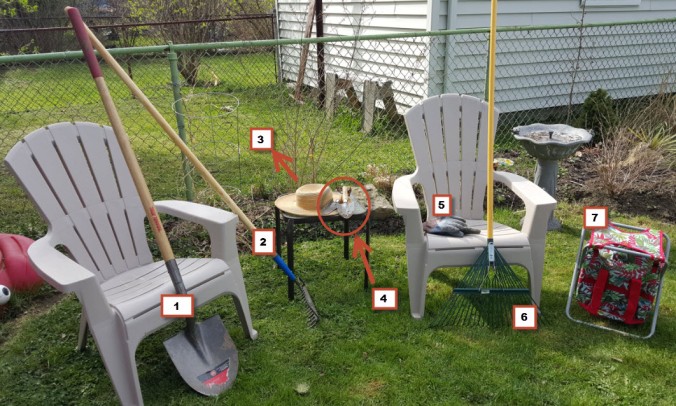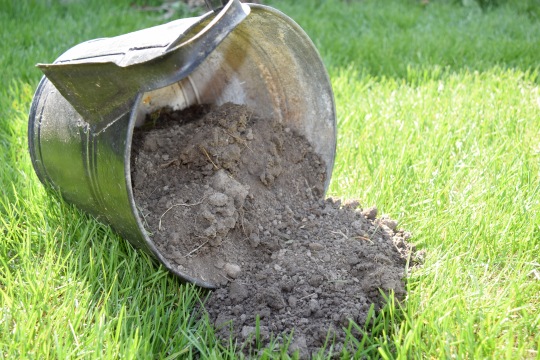Ok, way too much time is going by in between blog posts– and I apologize for that. There is so much going on in life these days that I squeeze in a post as soon as I get some time. I have also been changing up my blog posts lately just to see what you, the reader, likes best.
Life has been happening, and weekends have been full. We are trying to get big house projects out of the way now so we don’t have to do them during the dog days of summer. I have a special project coming up that I am really excited about, and I can’t wait to give you details within the next few months!
For the past couple of weekends, I have been out in the yard preparing my flower beds for the upcoming growing season. It’s so nice to see so many of my spring flowers on their way. The daffodils are up, my hyacinths smell and look wonderful, and my alliums are on their way.
I was trying to weed around all this great, new growth, and I needed a few tools to help me get my garden in tip-top shape!
I like to write my posts to be as simple and direct as possible, but I also like to take the time to explain certain aspects of gardening as well. One thing in particular I like to make clear to every gardener, from novice to master, is that you do not need to have a lot of fancy tools to garden.
Here are the bare necessities of gardening, plain and simple. In one of my first blog posts, I explained a few garden tools and how they work.
Here are a few things that will help you through spring garden preparation:

- Shovel— The shovel is one of the most versatile tools in the garden. Even if you don’t have anything else, or can’t afford to buy too many tools, the shovel could be your one and only and that would be ok. It is your trowel, edger, transplanter, and everything else in between. This will do the job regardless of anything else.
- Straight edge rake— This rake helps you even out mulch, turf builder, rocks, etc. on any surface you are working with. Trying to even out the holes or dips in your yard with topsoil? Make sure to use the straight edge rake to keeps things smooth.
- Wide Brimmed Hat — This is the barest necessity of all! Spring sunshine is the best sun shine, but it can burn you, too! (My forehead is a great example). Wear your hat while you dig in to yard work!
- Trowels — Need I say more? I had to include the trowels in this one. Planting seeds? Or other plants? The trowel is a hand tool that becomes your best friend!
- Gloves — I have mentioned many times before that I used to scoff at people who wore garden gloves — boy, was I WRONG. I love wearing them– it’s much easier to pull weeds with gloves than without! It just protects your hands in general should you come across something not so desirable in the dirt.
- Rake–This is your regular joe schmo rake. Whether you are raking up debris and other yard rubbish that accumulates from the winter, or raking the thick piles of grass from the first lawn cutting of the season, you won’t be sorry to have one of these!
- Garden stool— this handy little stool saves your back, knees, and also has several compartments that allow you to carry all of your hand tools and a knee pad. This will be your savior after hours of garden work.
Here is the list of Spring’s bare necessities for the garden. It doesn’t take much — you don’t even have to have all of these– just a couple will do. It all depends on what you like to use the best and what works with your gardening style.So, here’s to sunshine weekends and happy gardening!
 Rain, rain, and more rain! My part of the world has seen its share of water lately! As we know, rain can be damaging, destructive, and downright deadly. Despite all of this, there is an upside to rain and your garden, particularly in the spring time, right before the growing season ramps up!
Rain, rain, and more rain! My part of the world has seen its share of water lately! As we know, rain can be damaging, destructive, and downright deadly. Despite all of this, there is an upside to rain and your garden, particularly in the spring time, right before the growing season ramps up!


